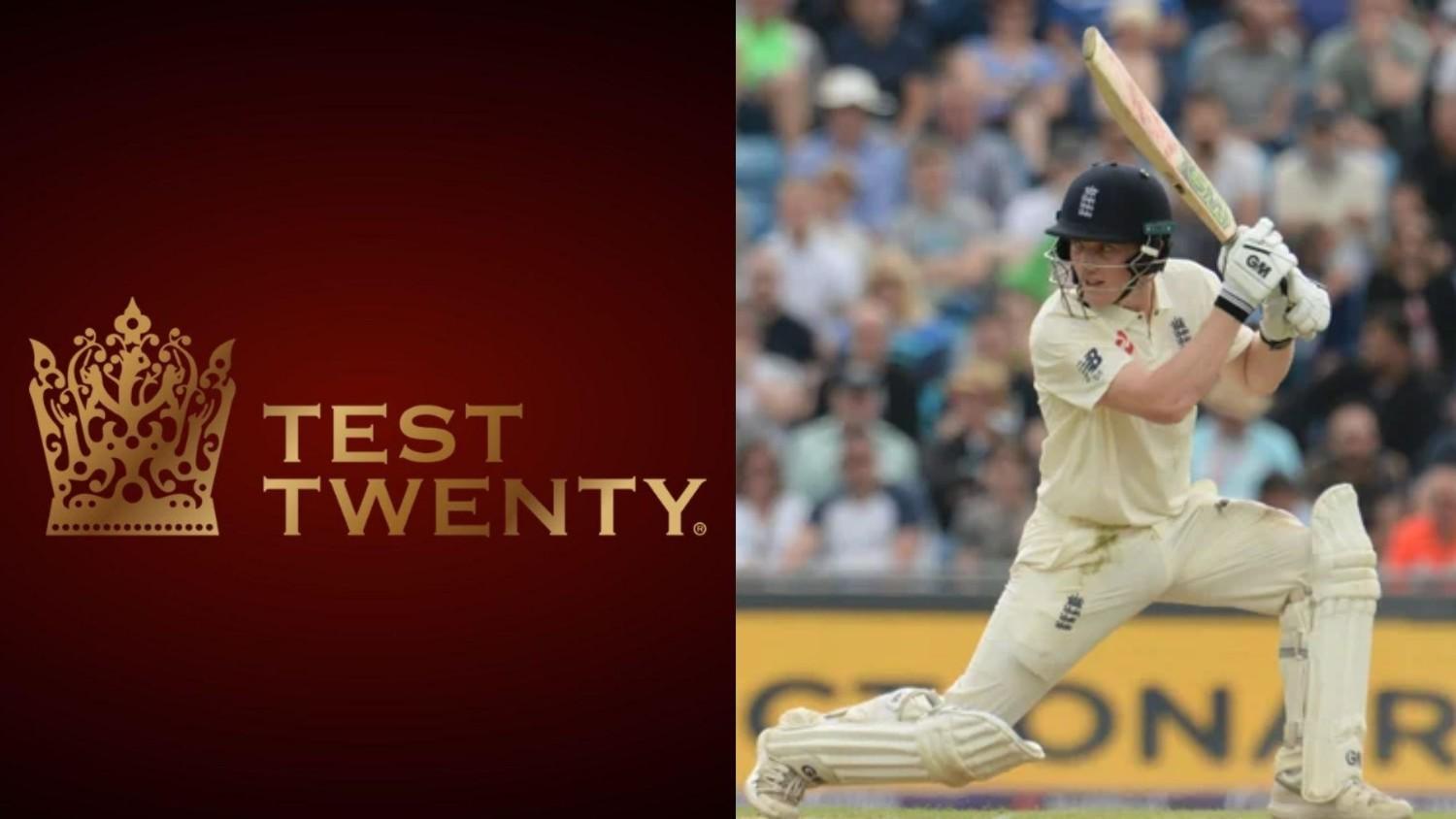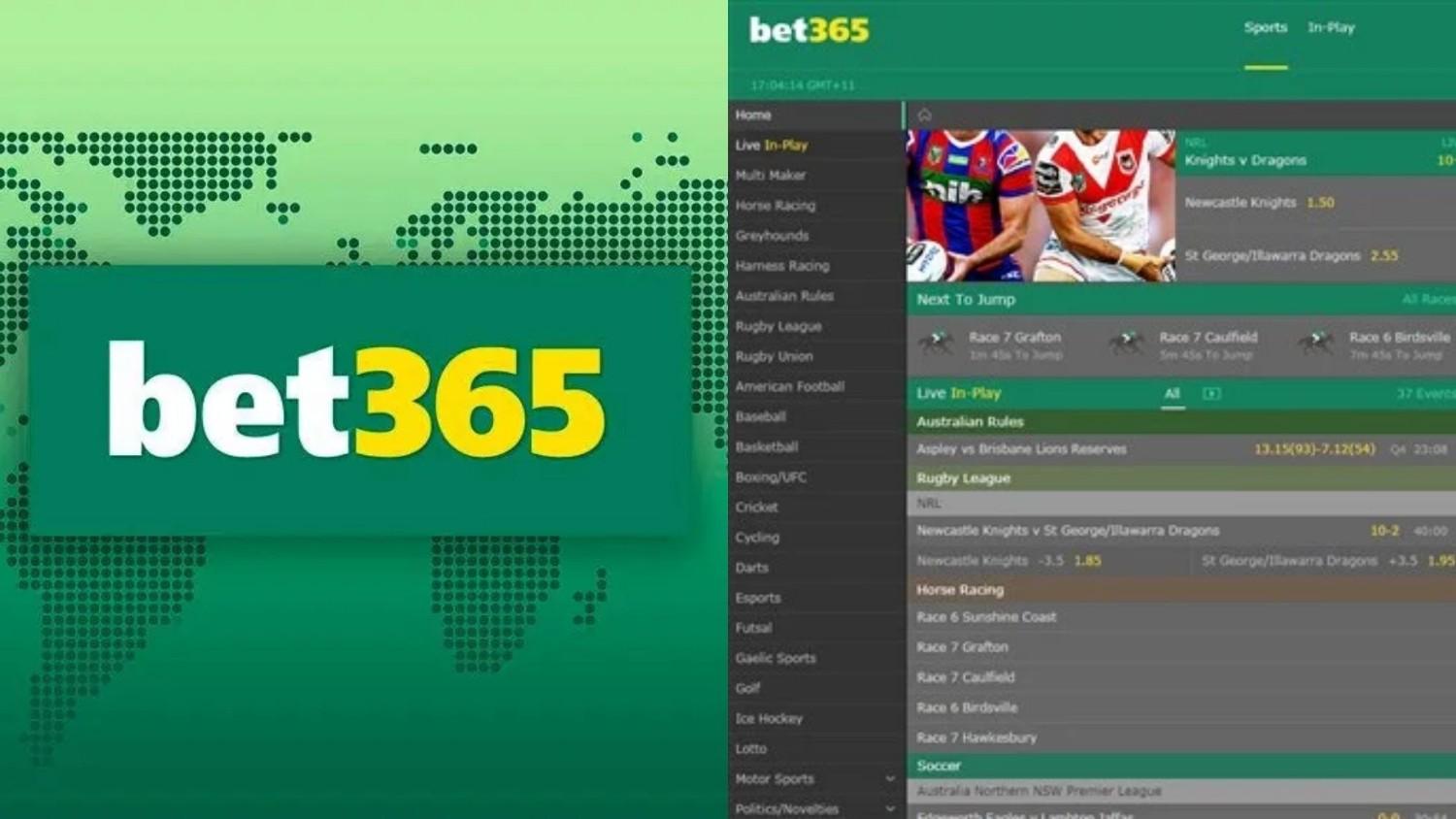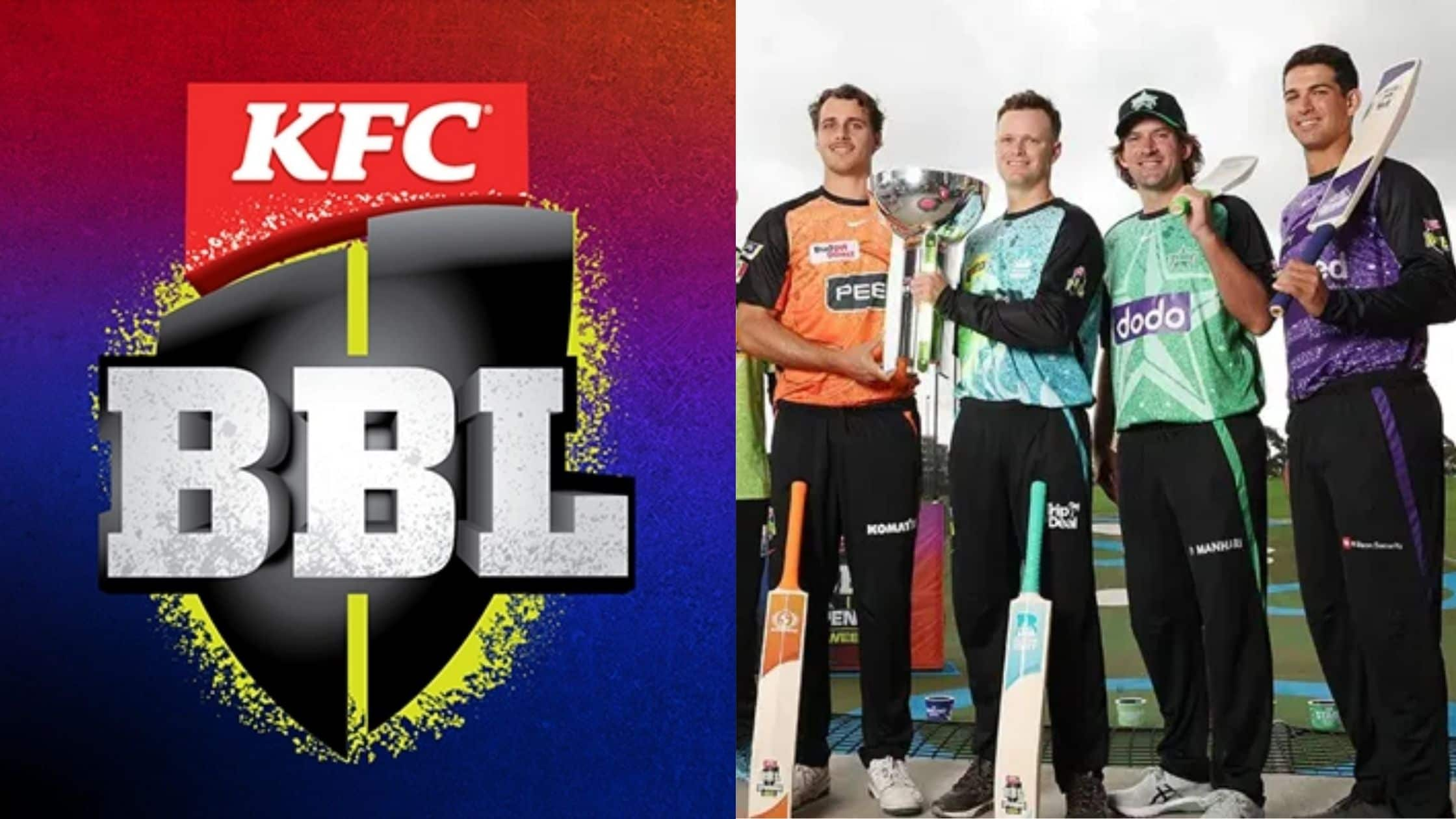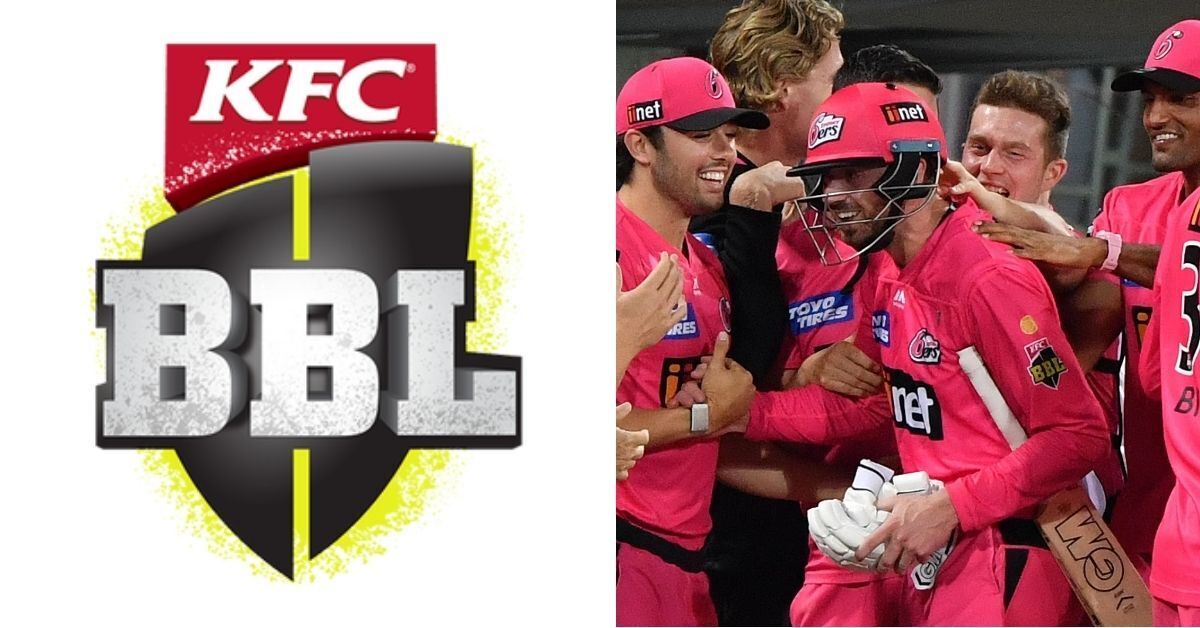Cricket has always been about finding new ways to keep the game fresh. Test Twenty is the latest attempt at doing exactly that. Think of it as taking the best parts of Test cricket and T20, then squashing them into one match.
The format gives young cricketers a chance to learn patience and power at the same time. Six teams will start playing in January 2026, with three coming from India and three from other countries.
The whole thing targets players between 13 and 19 years old. It’s meant to teach them skills that work in any format they end up playing later in their careers.
Who Created Test Twenty & Why Was It Introduced?
Gaurav Bahirvani came up with Test Twenty through his company, One One Six Network. He didn’t do it alone, though.

Some massive names in cricket joined him to shape this format. AB de Villiers, Clive Lloyd, Matthew Hayden, and Harbhajan Singh are all on the advisory board. They’re using their years of experience to make sure this actually works for young players.
The problem they’re trying to solve is pretty clear. Most kids today only play T20 cricket. They learn to hit big shots but never understand how to build an innings or plan ahead.

Test Twenty wants to bridge that gap by teaching both styles at once. It’s aimed squarely at players between 13 and 19 years old. Beyond just fixing a training problem, there’s a bigger vision here.
The format wants to spread cricket into places where it hasn’t really taken off yet. After starting in India, the plan is to take it global and get more kids playing the game.
How Is Test Twenty Played? Rules, Format & Match Flow
Test Twenty takes pieces from formats you already know and puts them together in a new way. Here are all the officially stated rules of Test Twenty.
| Rule | Description |
|---|---|
| 1. Powerplay | Captains get one power play per match, lasting four overs with only two fielders outside the circle. They pick which innings to use it in. |
| 2. Follow-On | If you’re trailing by 75 runs after the first innings, the opposition can make you bat again immediately. Old school pressure was brought into short cricket. |
| 3. Early Collapse Clause | Get bowled out before 10 overs, and your opponent gets three extra overs added to their first innings. Early wickets suddenly cost way more. |
| 4. Bowling Allocation | Five bowlers maximum per match. Each one can bowl eight overs total across both innings. Captains decide how to split those overs strategically. |
| 5. Wides and No-Balls | Bowl three wides or no-balls in one over, and you hand the batting team three penalty runs on top of everything else. Discipline matters. |
| 6. Conditional Draw | The team batting second can play for a draw until they lose five wickets. After that, it’s win or lose based on total runs. |
| 7. Over Rate and Time Control | Each innings has a time limit set before the match. Miss it and you lose five runs plus your strategic timeout. Keeps things moving. |
| 8. Tie and Super Session | Tied on aggregate runs means one over each to decide it. Still tied after that, and whoever hits more boundaries wins the match. |
These rules are smth you can find on their official website. Let’s talk about them in a little more detail.
1. Match Structure & Overs
The match has 80 overs in total. Each team gets to bat twice. Every innings lasts 20 overs. Here’s where it gets interesting. The runs from your first innings don’t just vanish.
They carry forward and add to whatever you score in the second innings. Teams have to think about both their turns at the crease instead of just going all out once.
The whole match wraps up in a single day, which is nothing like traditional Test cricket. You’re switching between batting and bowling four times before the day ends.
2. Possible Match Results
You can win, lose, draw, or tie in Test Twenty. Because both teams bat twice, captains have some tactical options they don’t get in T20. They might declare an innings early if they’ve scored enough.
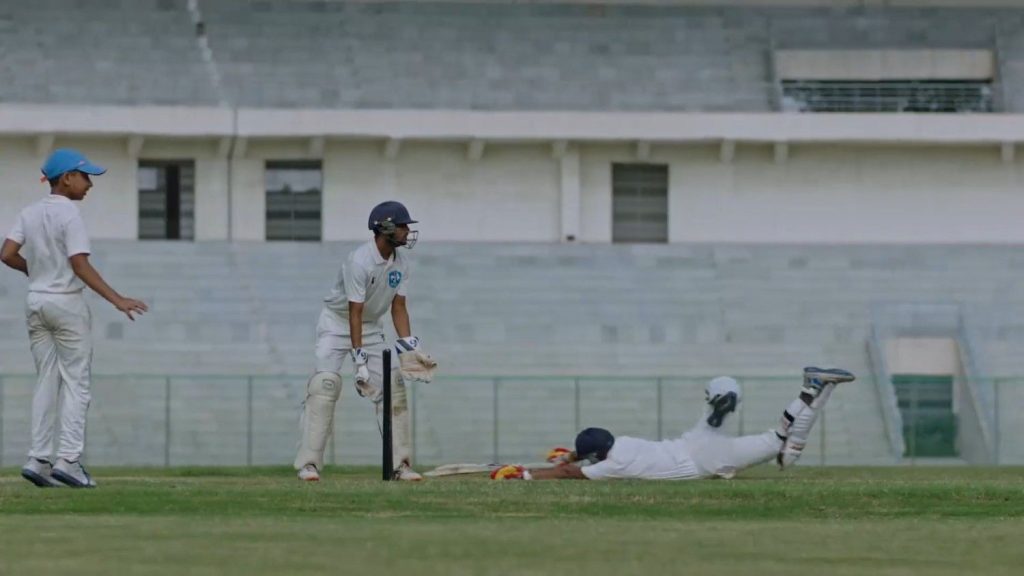
If one team dominates the first innings, a follow-on could happen. Draws are possible if time runs out before all four innings finish.
Ties happen when both teams end up with exactly the same score. These options make the format feel closer to Test cricket than a regular T20 bash.
3. Rules & Adjustments
The format borrows from both Test matches and T20 games, then tweaks things to make it work. Bowlers can’t just keep bowling forever. There are limits on their overs. Powerplays come into play, restricting where fielders can stand at certain times.
Field restrictions change between innings to keep things balanced. Technology helps umpires get decisions right.

The scoring system tracks everything across both innings for each team. There are special rules to make sure four innings can actually fit into one day without being unfair to anyone.
How Does Test Twenty Differ From Existing Formats?
Test Twenty sits somewhere between what cricket fans already watch. It exists to develop young cricketers. It’s not trying to replace anything or grab headlines for a season before disappearing.
1. Versus Test Cricket
Test matches go on for five days. Teams can bat for as long as they want without over limits. Test Twenty wraps everything up in one day with just 40 overs per side spread across two innings.
Traditional Tests let batters take their time and build massive scores. Test Twenty forces you to score quickly because overs run out fast. But here’s the thing. Both formats give teams two innings.
That means you get a second chance to fix your mistakes or build on what you started.
2. Versus T20/ODI
Regular T20 gives each team one crack at 20 overs. Test Twenty doubles that and splits it into two innings. This creates more room for the match to swing around. ODIs have 50 overs per side, but again, just one innings each.
Test Twenty makes you think about both your turns at bat because the scores add up. There’s more planning involved than T20, where you just try to smash as many runs as possible in your one shot.
3. Unique Aspects
Test Twenty might bring back the red ball instead of using the white ball you see in T20. That would give it more of a traditional cricket feel while keeping the fast pace. The format needs both endurance and explosive hitting from players.
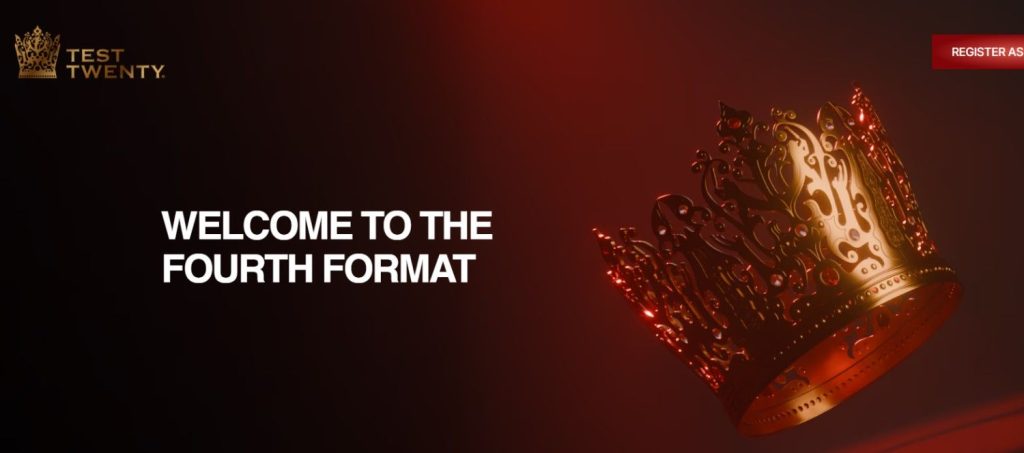
You can’t just swing at everything. Building an innings matters because you have two turns. This mix teaches skills that transfer to any format. It’s different from formats that only reward power or only reward patience.
The age limit between 13 and 19 keeps everything focused on teaching. This purpose makes it different from exhibition matches or novelty games that pop up and vanish.
When Will Test Twenty Be Integrated Into Cricket?
The format has actual plans instead of just being an idea people talk about.
1. Launch & First Season
January 2026 is when Test Twenty starts. Six franchises will play in the first season. Three teams represent Indian cities. The other three come from London, Dubai, and the United States. Each franchise mixes Indian players with international cricketers.
Registrations for the Test Twenty Championship Season 1 are open and available on the official Test Twenty website.
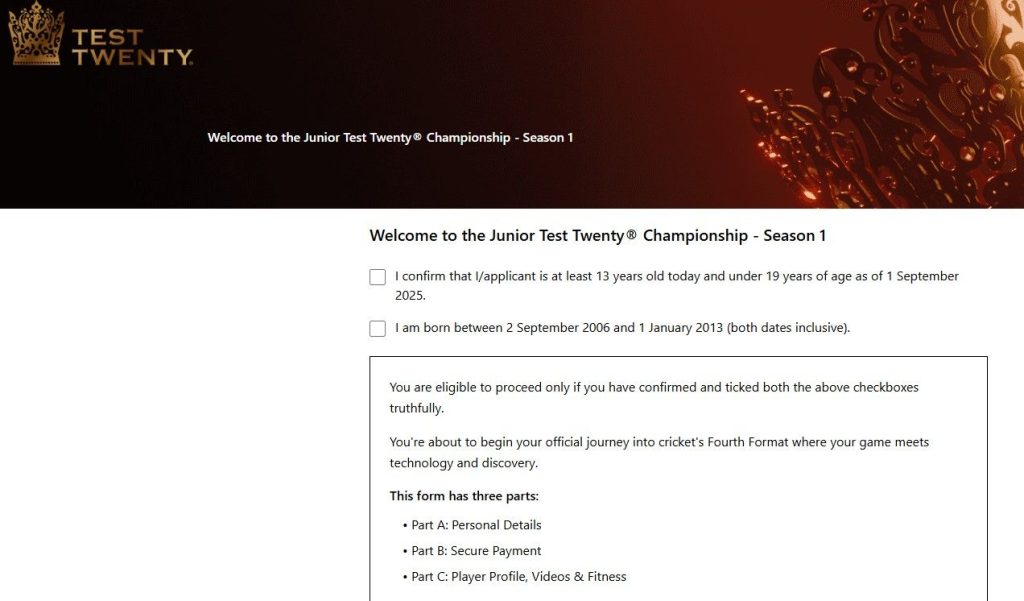
Everyone has to be in the youth age bracket, though. This setup exposes young players to different styles and cultures right from the beginning of their careers.
2. Integration & Future Prospects
Test Twenty needs to squeeze into an already packed cricket calendar without messing up existing tournaments. If the first season goes well, cricket boards around the world might pick it up.
Success will be judged on viewership numbers, how many young players get involved, and whether traditional fans accept it or push back against it. There are real challenges ahead. The cricket schedule feels stuffed already.
Tests, ODIs, T20s, and various leagues fill up the year. Adding another format could wear out players and confuse fans about what they’re watching. Some cricket traditionalists will probably resist it.
They might see Test Twenty as unnecessary or even disrespectful to the formats that already exist. The format has to prove itself through results instead of just talking about potential.
Related Reads:
Conclusion: Test Twenty Is The New Cricket Format For Youth Development
Cricket already has three main formats. Each one teaches different things. Test matches build patience and technique over five days of play. T20 games reward power hitting and quick decisions.
ODIs try to balance both, but give teams only one long innings to work with. Test Twenty wants to bridge these styles for teenagers who are still learning the game.
Playing two short innings in one day gives young cricketers a taste of Test cricket strategy without the marathon length.
They get to hit hard like T20 players, but have to plan ahead for their second innings. The format hands them tools for whatever direction their cricket careers go. Whether Test Twenty actually works depends on a lot of things. Good management matters.
Support from cricket boards matters. Most importantly, young players need to actually learn more from this than they would from existing formats. January 2026 will start answering those questions.
It’ll show if this experiment sticks around or fades away like other cricket innovations that came before it.
FAQs
Test Twenty complements other formats rather than replacing them. It focuses only on youth development between the ages of 13 and 19.
The format strictly targets players aged 13 to 19, keeping it focused on development rather than professional competition for established players.
India, England, the United Arab Emirates, and the United States will host matches through their franchise teams starting in January 2026.
One Test Twenty match finishes in a single day despite having four innings, making it much shorter than traditional Test cricket.
The format may use a red ball to maintain Test cricket traditions while keeping the fast-paced structure of Twenty20 games.
